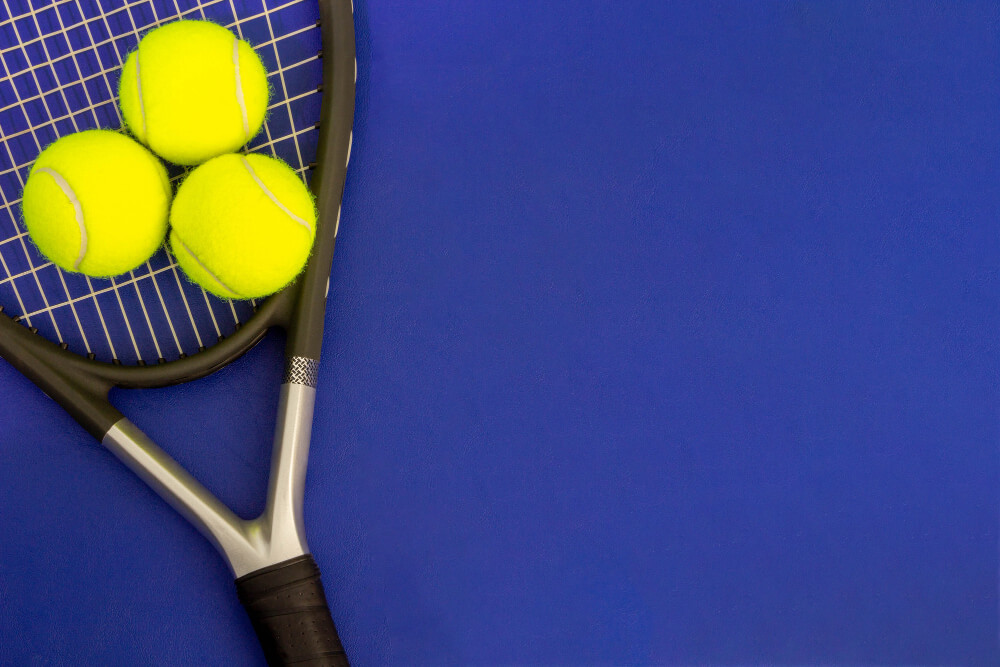When choosing a women’s tennis racket, there are a few key factors to consider. These include your playing style, the size of your racquet head, the weight of the racquet, and your budget.
It is important to find a racket that matches your playing style and provides you with enough power and control to perform at your best. Additionally, it is important to find a racket with a size and weight that feels comfortable in your hands. Finally, make sure that you choose a racquet that fits within your budget.
By considering all of these factors when shopping for a new tennis racket, you can be sure to find an intermediate tennis racquet that will help you take your game to the next level.
Find the Perfect Intermediate Women’s Tennis Racquet
If you are an intermediate tennis player looking for the perfect women’s tennis racket, it is important to consider a wide variety of factors in order to choose a racket that best suits your individual needs. From the balance, weight, and head size of the racket, to its string pattern and shaft flex—all of these elements can have a significant impact on how well the racquet plays for you.
When it comes to intermediate tennis rackets for women, there are many options available. The most popular intermediate rackets typically feature larger head sizes in order to provide more power and forgiveness than beginner-level rackets. It is also important to note that intermediate women’s tennis rackets come with either even or slightly head-light balance, as this helps to ensure control and accuracy.
In terms of string pattern, intermediate women’s tennis rackets often feature a looser pattern than beginner-level models as this provides more power and forgiveness. However, it is important to consider all aspects of the racket before making your decision, as some intermediate players may benefit from a denser string pattern for increased control and spin.
Finally, intermediate women’s tennis rackets typically feature shafts that offer both power and flexibility—allowing for better maneuverability and generating more power with each swing. Ultimately, the best intermediate tennis racket for you will depend on a variety of factors unique to your playing style and physical characteristics. Therefore, it is important to take all of these elements into consideration before making your decision. With the right intermediate women’s tennis racket, you can take your game to the next level and enjoy a more enjoyable playing experience.








